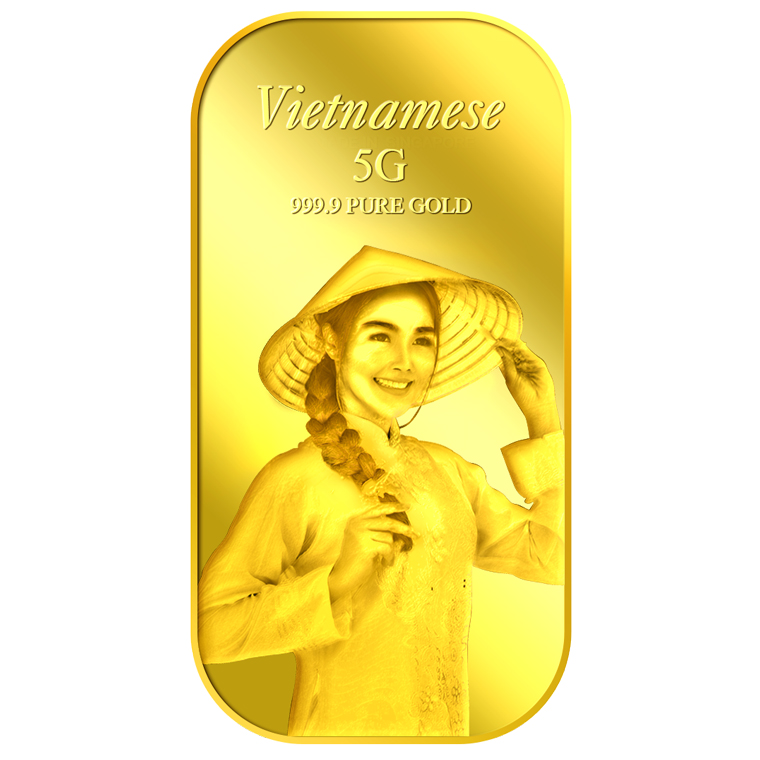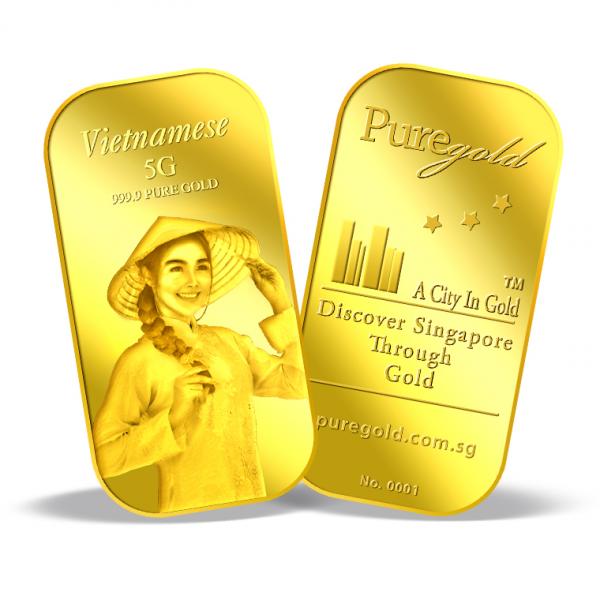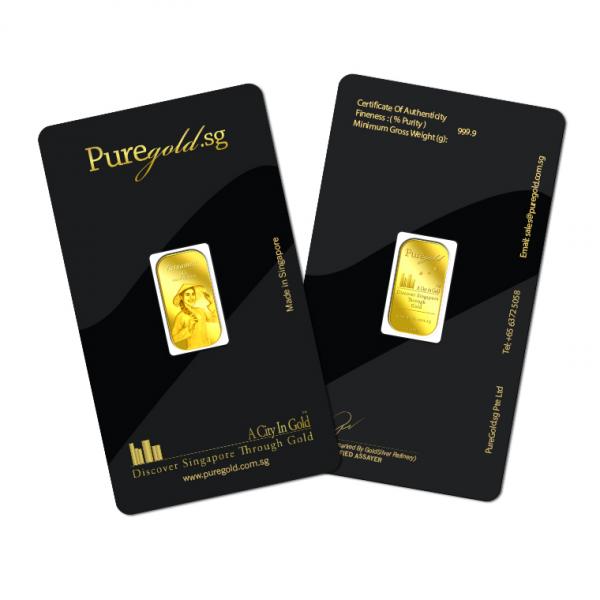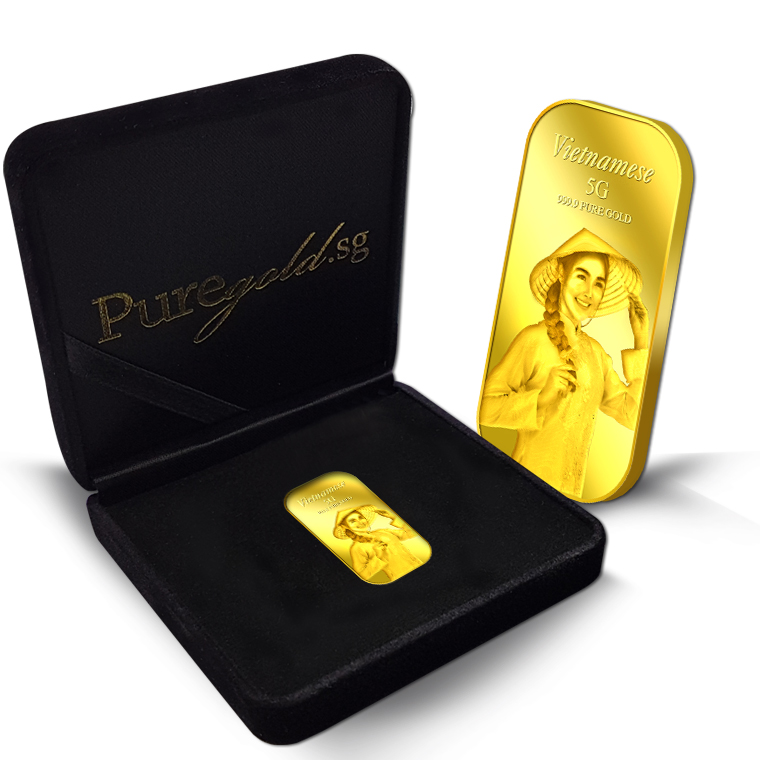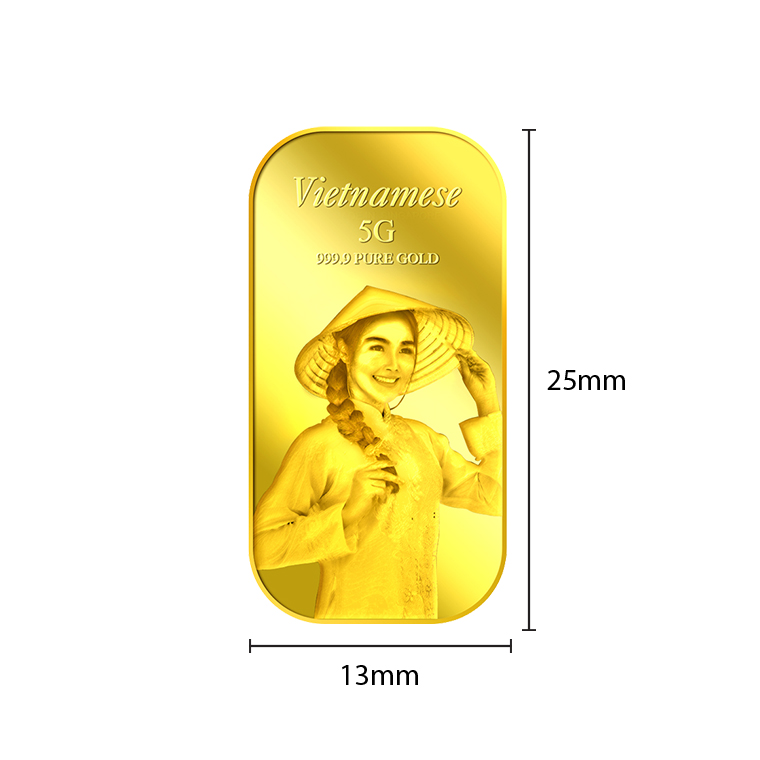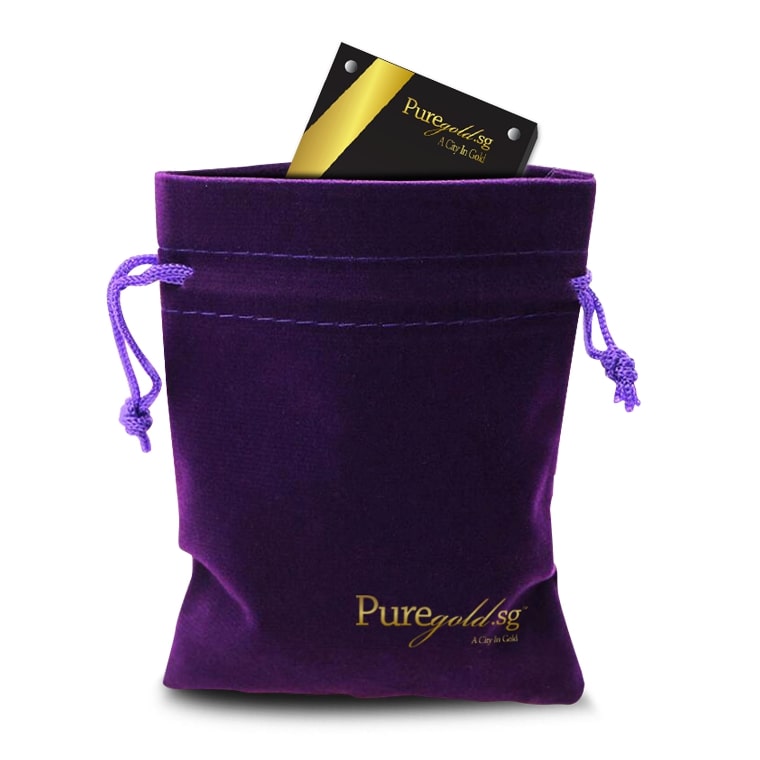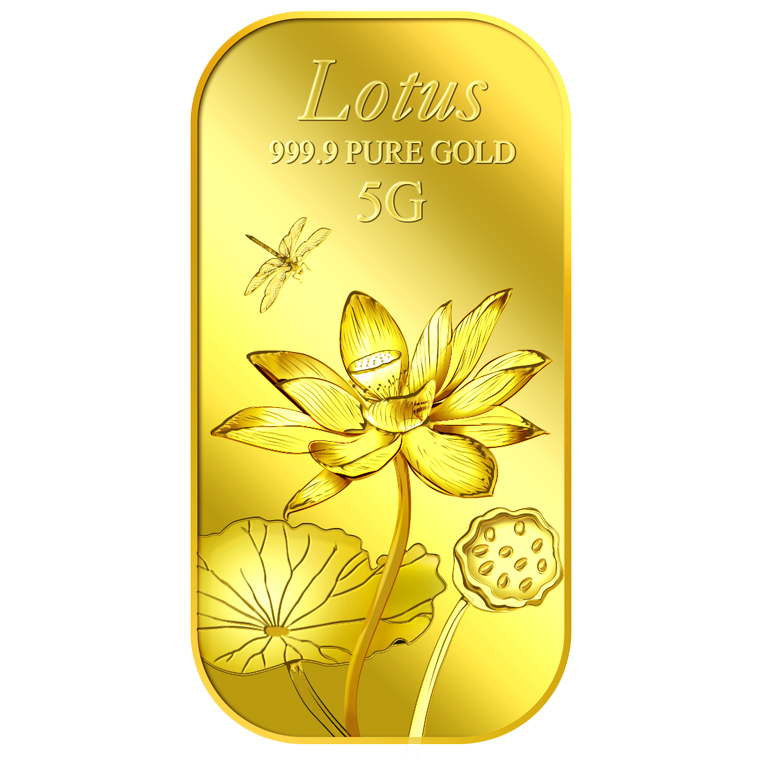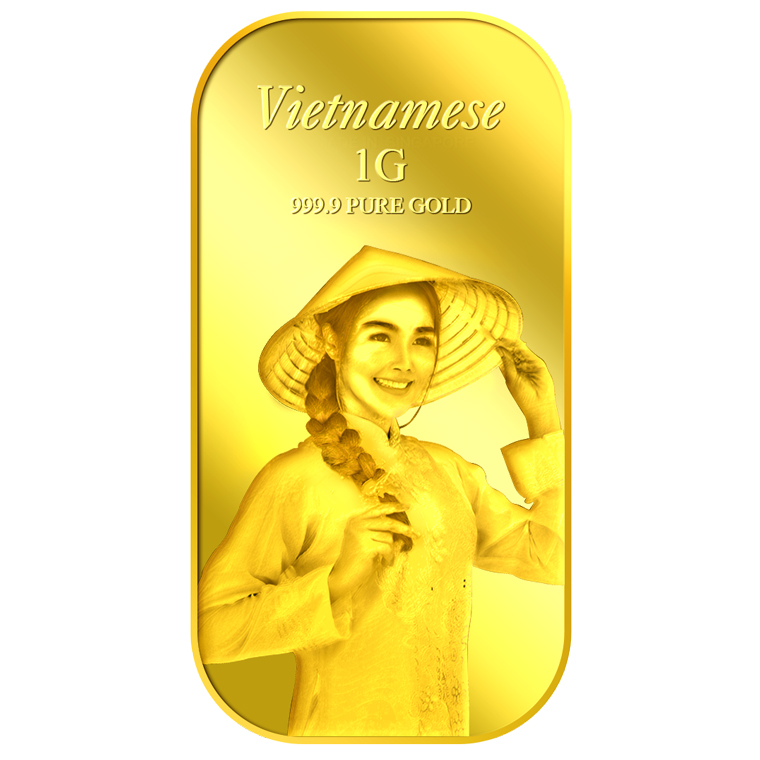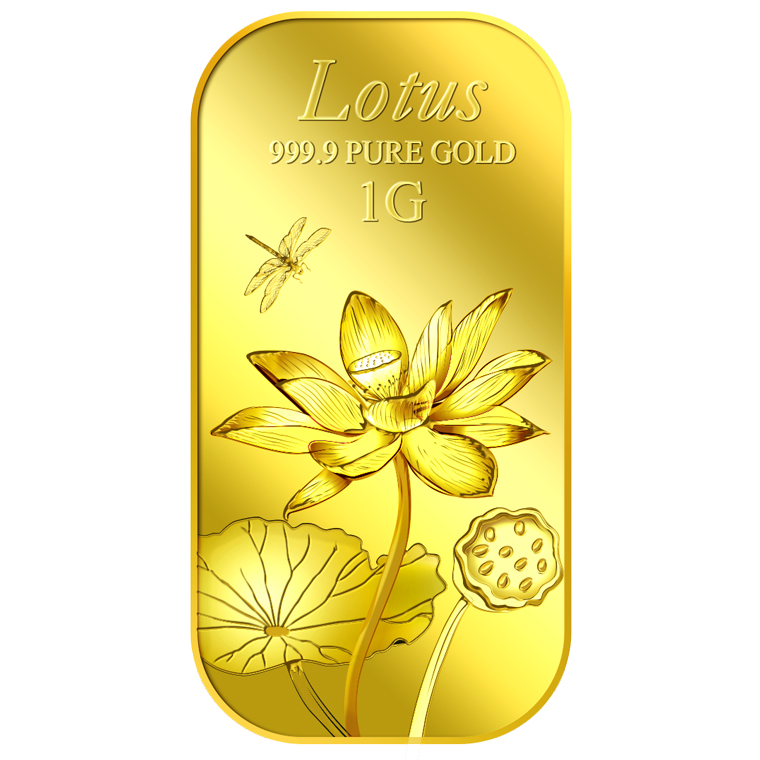Vietnam GOLD Collection
5g Vietnamese Gold Bar
SGD 1,507.63/Piece
| Package: | |
| QTY: | |
| For quantity more than 10 pieces, please email to sales@puregold.com.sg | |
|
|
|
Early versions of the ao dai date back to 1744 when Lord Vu Vuong of the Nguyen Dynasty decreed both men and women should wear an ensemble of trousers and a gown that buttoned down the front. However, not until 1930 did ao dai appear partly similar to its look today. Vietnamese fashion designer-cum-tailor Cat Tuong, called as Monsieur Le Mur by the French at that time, lengthened the top so it reached the floor, fitted the bodice to the curves of the body, and moved the button line from the front to the left side of the body. Men wore it less, generally only on ceremonial occasions such as weddings or funerals. But it took another 20 years before the next major design change was incorporated and the modern ao dai emerged. During the 1950s two tailors in Saigon, Tran Kim of Thiet Lap shop and Dung of a tailoring shop of the same name, started producing ao dai with raglan sleeves. This creates a diagonal seam running from the collar to the underarm and this style is still preferred today.
The color is indicative of the wearer’s age and status. Young girls wear pure white, fully-lined outfits symbolizing their purity. Older but unmarried girls move into soft pastel shades. Only married women wear ao dai in strong, rich colours, usually over white or black pants. However, ao dai is rarely seen in places where manual work is practiced. The nineties saw a real resurgence of ao dai. It has become standard and common attire for girl students as well as female staff at offices and hotels. Traditionally, ao dai has become the most preferred dress on formal occasions
This traditional conical hat is particularly suitable for a tropical country such as Vietnam, where fierce sunshine and hard rain are commonplace. Fair skin is prized for its beauty in Vietnam and other Asian countries. Tanned skin implies a lower class person who labours for a living outdoors. For protection from the sun and to keep skin white, Vietnamese women also wear long, elbow-length gloves. When ride motor scooters they wear white kerchiefs over their mouth for protection from car the exhaust and air pollution. White headbands are women only at funerals.
An elegant looking conical palm hat, which is traditionally known as a "non bai tho" (a hat with poetry written on it), is worn as part of a woman's formal dress. To make this hat, a hat maker chooses young palm leaves that have been dried under continued sunshine. Attached beneath the almost transparent layers of dried palm leaves is a drawing of a small river wharf. Below the drawing, there is a piece of poetry to be recited by the hat wearer. These hats have traditionally been made in Hue. Hold the hat up to a light and you can see a poem written on a piece of paper placed between layers of the hat.
999.9 Fine Gold
The image of the Vietnamese is embossed on a 5g 999.9 fine gold bar.
Iconic Reverse Design
The design also includes the inscription Vietnamese, the bar’s weight and fineness and GoldSilver Refinery’s “GS” logo mark.
Numbered Certificate of Authenticity
Each bar is accompanied by a numbered Certification of Authenticity.
Product detail
Current Mintage: 5,000 pcs
Availability: In Stock
Condition: Uncirculated
Material: 999.9 Fine Gold
Product Year: 2017
Product Size: 25mm x 13mm
Weight: 5 Grams
Condition: Uncirculated
Material: 999.9 Fine Gold
Product Year: 2017
Product Size: 25mm x 13mm
Weight: 5 Grams


